Creo Piping & Schematics
Creo Piping Training class Description
This three- or five-day Creo piping design training course is tailored for drafters, mechanical engineers, and technicians involved in routing pipes, plumbing, pneumatics, and hydraulics in small or large systems. Participants will gain comprehensive knowledge of routing pipes and creating various flow diagrams within Creo assemblies, all within one week. For the extended 40-hour version of this course, your team will learn to use Creo Schematic to create 2D P&ID diagrams and then route that geometry through 3D Creo piping assemblies, obtaining accurate pipe lengths and detailed piping hardware drawings. Upon completion, participants will be capable of creating both 2D and 3D piping detailed drawings and associated 3D manufacturing deliverables using the latest version of Creo.
Piping and cabling are similar extensions within the Creo environment. The Creo Piping and Cabling Extension enables electrical engineers and their technicians to create 3D representations of electrical, fluid, hydraulic, or other routed systems within a consistent Creo assembly environment.
This course will teach you how to accelerate your design process, efficiently implement changes, reduce errors, and move to prototype faster with cost-effective Creo PCX. The instructor can also schedule and demonstrate cabling because the tools are similar.
The 32-hour version of this course does not cover the Creo Schematics P&ID workflow, whereas the 40-hour version includes an additional 16+ hours of study, focusing on the use of Creo Schematics P&ID XML routing tools.
See also related courses, Creo Harness Design training course or the full week of Creo Schematics. At Design Engine we make experts.
Looking to gain employment?
A two-week version of this course can be established for those technicians looking to gain employment by learning Creo and make themselves indispensable for various manufacturers. See Design Engine Four Week Comprehensive.
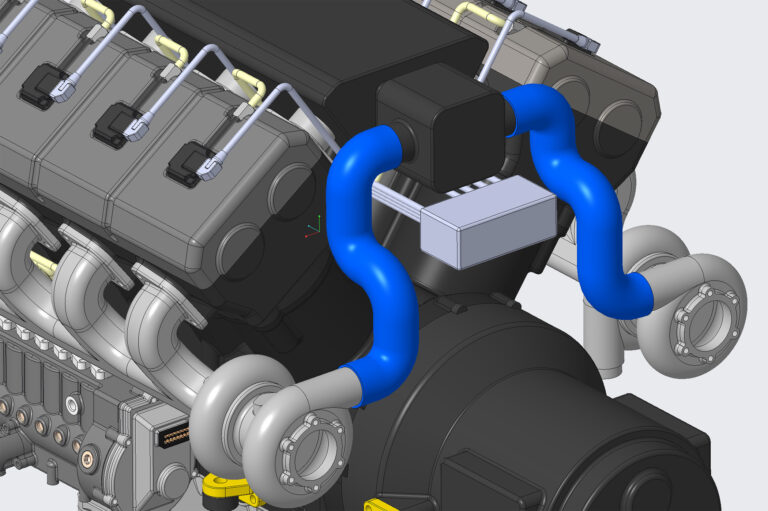
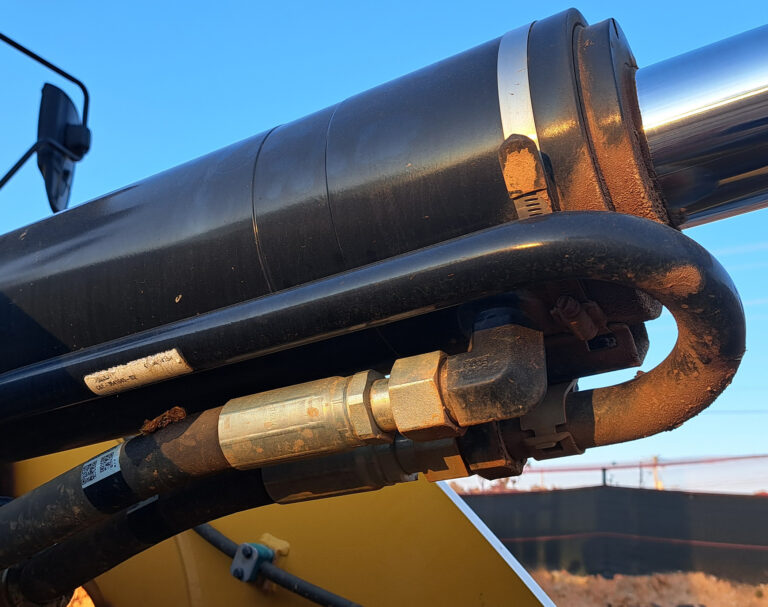
Creo Pipe training Class Topics
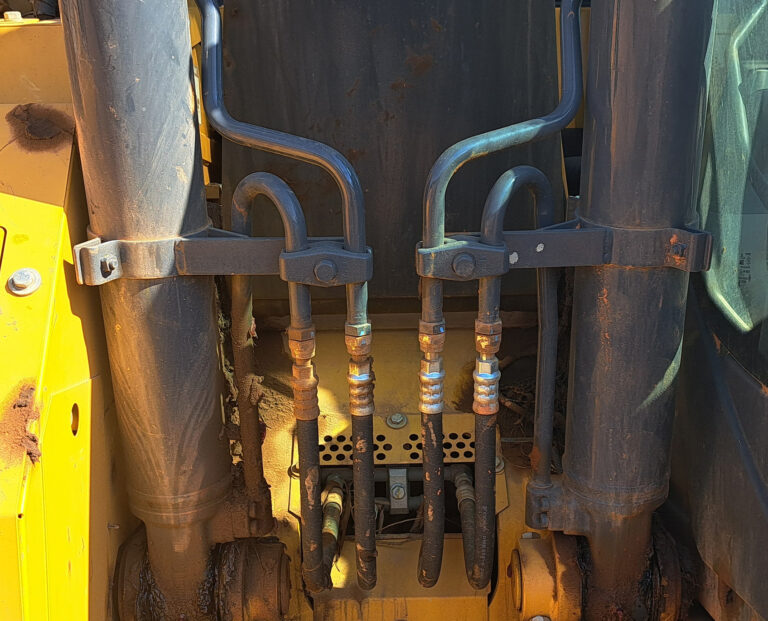
- Serious overview of various types of fittings & connectors and other piping management parts to be added to your Creo piping assembly
- Discuss Hydraulics, fuel lines, vacuum and water waste management from a Creo piping perspective.
- Prepare downloded STEP or IGES fittings for an efficient 3d library system
- Learn to establish specific & custom fittings for your organizational library needs
- Learn to rapidly add various fittings to the piping assembly efficiently
- Route Creo Pipe through assemblies and separate top-down models
- Overcome workflow issues when making changes to piping designs and assemblies
- Learn to route pipes with and without Creo PD&ID Schematic XML exports
- Modeling 3D Pipe assemblies with Top-down design in Creo
- Learn to use Creo Schematics from a technician drafter perspective for routing Pipes through Creo assemblies
- Create 3D Pipe and associated manufacturing deliverables
Creo PD&ID schematics training Topics
- PD&ID basics at the Creo Schematics level
- Learn how to use Creo Schematics to create PD&ID diagrams for later routing in your Creo Pipe assembly
- Modify existing Creo PD&ID schematics for successful XML export to Creo assemblies for auto-routing pipes
- Create with Creo Schematics to transfer information into 3D piping designs through Creo Assemblies
- Understand the 2D schematic design processes for PD&ID designs
- Configure the Piping and Instrumentation Schematics working environment and catalog library components to use with your piping schematics
- Push Creo Schematics PD&ID information via XML to Creo Parametric assemblies and their respective drawings
- Learn to problem solve schematics and their Creo assembly counterparts
- Create catalog components ‘Library symbols’ that will properly match up to your 3d library parts in Creo Parametric to enhance and match your 3d Creo library models
- Create parametric library parts ie variable groups
- learn to manage Creo Schematics data using Windchill effectively
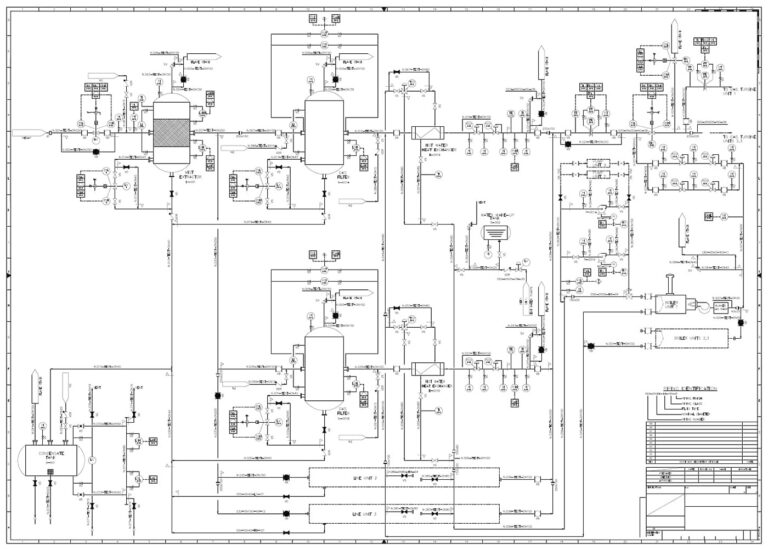
creo piping training Duration & Cost
32 or 40 hours = $2100 or $2850 per participant
This course is often administered in a 3 day format without the PD&ID XLM import from Creo Schematics.
For corporate rates or onsite courses, please call (312)226-8339
Prerequisites
CREO LEARN TO DESIGN and a basic understanding of ASSEMBLIES and TOP-DOWN DESIGN are recommended.
Creo Piping Discussions
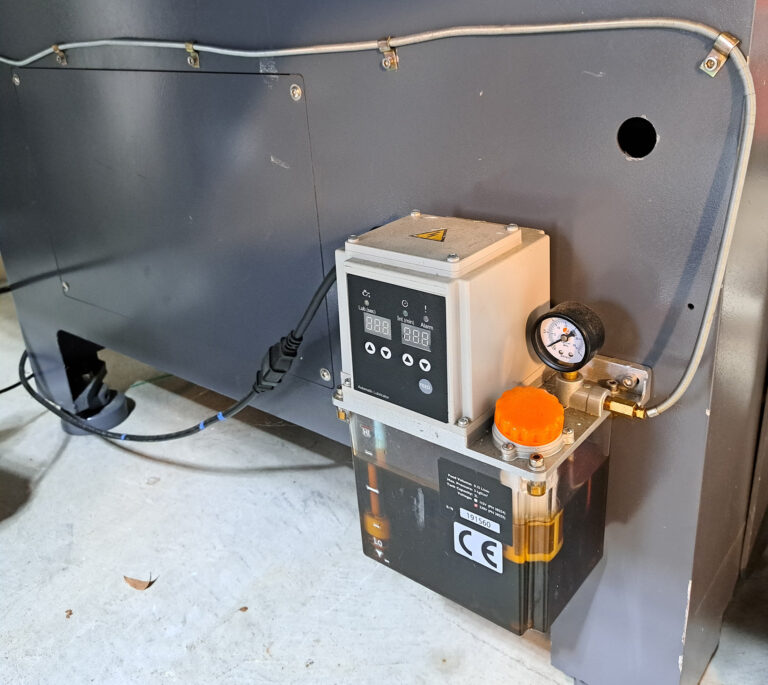
- Describe with photos and images various piping with examples from tractors, mowers, industrial machinery to motorcycles and cars.
- Describe with photos and images the wide variety of fittings and various piping hardware for developing a wide variety of piping designs.
- Describe with photos and images various pipe management components and methods.
- Discuss how PD&ID Creo Schematics integrated with routing lines and pipes and auto route work together to enhance efficiency.
- Expand upon alternate methods to gather usable fittings i.e. IGES/STEP from connector manufacturer websites and other
- Discuss how to handle modifications to a pipe if parts of the Pipe if parts of the assembly turn up missing
- Discuss how Top-down design or surfaces can aid in the Creo piping routing process
- Manage PD&ID Creo Schematic libraries within Windchill
- After successfully completing this Piping design course, participants will be able to create 3D piping, cables, and subsequent piping and associated manufacturing deliverables using Creo assemblies and PD&ID Creo Schematics.
Creo Piping Training Projects
Design Engine has prepared a series of 17+ Creo Piping & Creo PD&ID Schematics tutorials designed to lead the participants through the cabling design and modification process. Projects range from routing both flexible and straight pipes complete with elbows and other pipe management Creo models that will be necessary to get experience and learn the Creo Piping Module. Projects include plumbing for a hot tub, brake lines bicycles & motorcycles, and front-end loader hydraulic lines.
Day 1: Create and/or download various fittings from your favorite piping fittings supplier, then prepare those fittings properly for routing. Learn to route pipes by manually, that is without the use of PD&ID Creo Schematics models. Learn to create pipe lines in a variety of both flexible and strait pipe examples.
Day 2: Explore the use of Top Down design as it relates to Creo Piping Design. Route a series of strait pipe inserting fittings as nesseary.
Day 3: More intermediate demonstration using Creo Schematics PD&ID. Learn to create Creo Schematics library symbols. Create a simple custom PD&ID schematics to export that logical data, then route the subsequent pipe using Creo Parametric assembly.
Day 4: Complete exercise from day three. Discuss any problem solving techniques for figuring out any problems. Start a new project that is more complicated using Creo Schematics then route that new PD&ID schematic using Creo Parametric.
Day 5: Create more custom PD&ID Creo Schematic Symbols relative to your work, then use those symbols to create a more complicated schematic related to your work. Use this day to start your company connector library.
Video Training Delivery System
Ask your Design Engine account manager about our Training Delivery System(TDS), an easy-to-follow guide for designers and engineers who want a supplement to this course.
